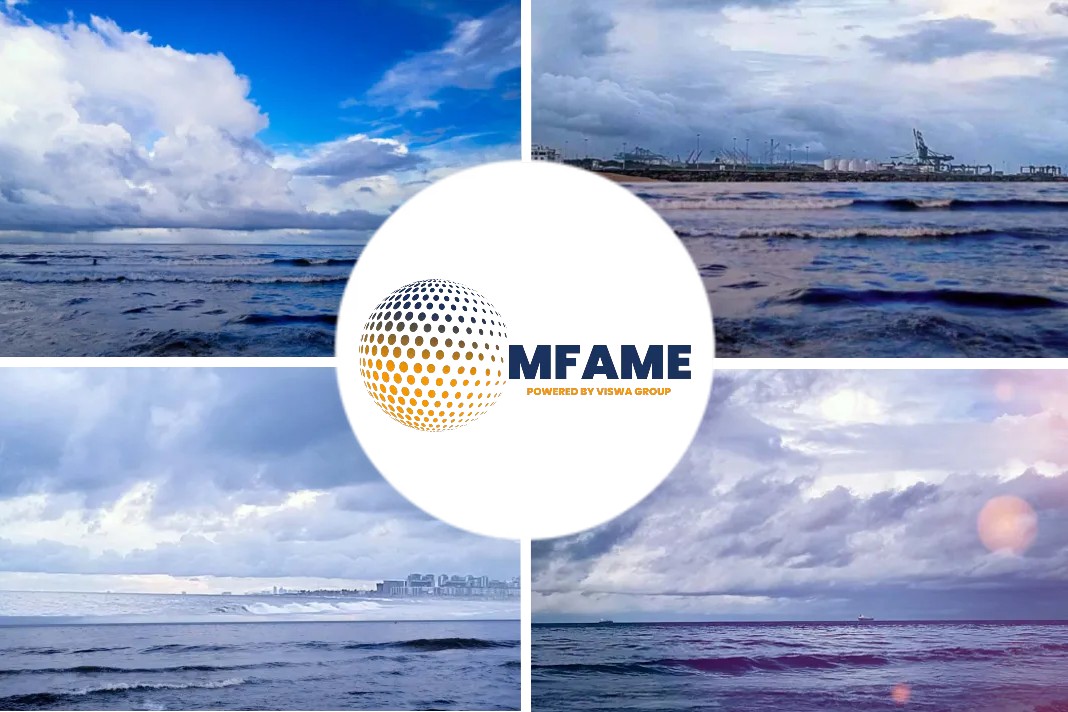Sewage from cargo ships may be legally discharged into the Baltic Sea, although it accelerates eutrophication, reports Baltic Sea Action Group.
BSAG’s Circular model
The cooperation promotes the circular model of turning sewage into biogas that will be used as fuel by heavy traffic. The Ship/t Waste Action corporation develops waste value chains between different parties, and the port of HaminaKotka is the first location.
“We can achieve our objective of a cleaner Baltic Sea, one ship, one port and one country at a time. The nutrient load on the sea decreases every time wastewater is discharged at the port. We need extensive cooperation to succeed in our mission,” says Elisa Mikkolainen, Project Director at BSAG.
About HaminaKotka
“The port of HaminaKotka is the largest general port in Finland, visited by approximately 2,500 cargo ships every year. We want to encourage the ships to discharge their wastewater at the port. Our sewage reception and treatment facilities meet the requirements of the circular economy,” says Suvi-Tuuli Lappalainen, Development Manager at the Port of HaminaKotka.
How is it transformed?
Kymen Vesi treats the sewage discharged by cargo ships at the port of HaminaKotka. The wastewater sludge created in the process is refined into renewable energy at Gasum’s biogas plant. Kymen Vesi also takes samples of the wastewaters discharged by ships, which generates research data on, for example, nutrient content.
Other interested parties
Other parties of the circular cooperation are shipping companies from Finland eg Meriaura and RABN, and abroad eg Essberger & Stolt Tankers, Utkilen and Maersk. Shipbrokers C&C Port Agency, Dahlberg’s Agency and GAC Finland participate, too. Transportation company Autoyhtymä Vuorinen takes care of the sewage transports.
Taking voluntary measures
Wastewater and food waste contain, for example, nutrients, bacteria, fats, chemicals and microplastics. If wastewater and food waste are discharged into the sea, they accelerate two of the worst problems of the Baltic Sea, eutrophication and oxygen depletion.
There are approximately 2,000 ships operating in the Baltic Sea every moment, and 95 % of these are cargo ships. Approximately 25,000 seafarers sail on the ships. It is legal to discharge greywater, sewage and ground food waste into the Baltic Sea.
“For us at Meriaura, sustainability starts where legislation ends. We want to be pioneers in preventing discharges from all vessels, and we hope other shipping companies will also take voluntary measures for sustainable waste recovery,” says Mia Hytti, Sustainability Specialist at Meriaura.
Dumping sea water into sea
Passenger ships, such as the ferries between Finland, Sweden and Estonia, have been voluntarily discharging their wastewaters at the port for years. Since 2021, the IMO regulations prohibit discharges of untreated sewage from passenger ships in the Baltic Sea. There is no similar regulation for cargo ships.
All discharge into the sea is unnecessary. This is why waste from ships should be discharged at the port and recovered. These new voluntary measures will lead the way for responsible operators both on land and at sea.
Did you subscribe to our daily Newsletter?
It’s Free! Click here to Subscribe
Source: Baltic Sea Action Group


















